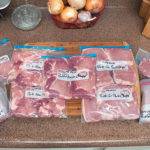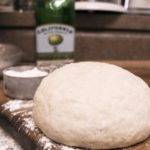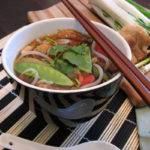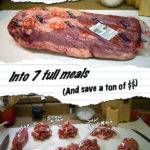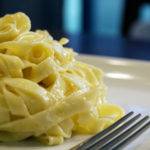This post brought to you by Carton Smart. All opinions are 100% mine.
Winter is deep upon us, and whether you’re looking for decadent holiday meals or healthy, yet satisfying New Years dishes, you’re going to want something that warms your heart and helps to ward off the cold. This recipe for Rich and Hearty Curried Pumpkin Soup fits the bill on all fronts. It’s filling, rich, creamy, decadent, but yet low in fat and calories… Or in short, it’s good for you!
As side benefit, this recipe is also good for the environment. The kind folks at Pacific Foods want us all to Be Carton Smart and help reduce waste by skipping traditional packaging and moving towards cartons. (There will be an infographic later in the post folks, so no need to take notes now.)
To further this ideal, Pacific Foods sent us a starter pack of Carton Smart packaged ingredients and challenged us to substitute them for our favorite traditionally packaged ingredients in a favorite Holiday meal. I thought this sounded like a great idea.
The starter pack arrived as promised, and inside was a delightful selection of pantry staples. The kit included a 15 ounce carton of Pacific Foods Organic Jellied Cranberry Sauce, a 16 ounce carton of Pacific Foods Organic Pumpkin Puree, and a single little 8 ounce carton of Pacific Foods Organic Chicken Stock. (I’ve used their chicken stock many times before and highly recommend it if you don’t have the opportunity to make your own stock.)
The package looked like this:
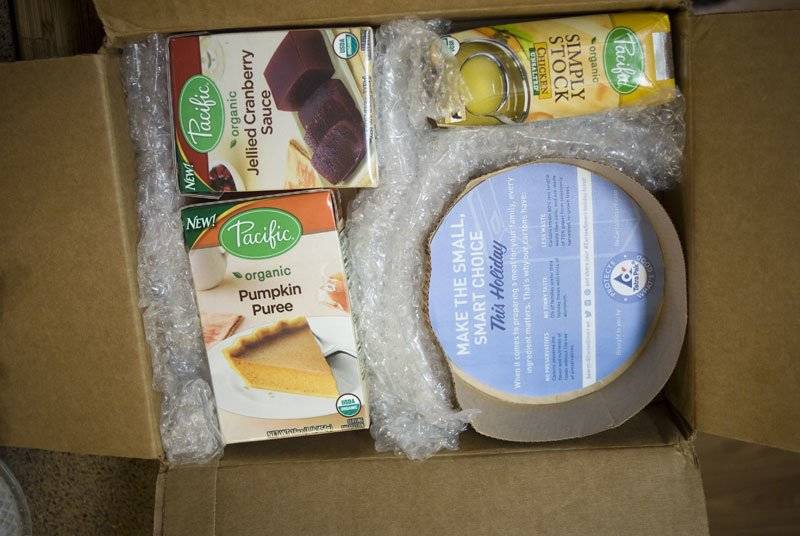
Neat. But what to make with it? There are a thousand uses for any one of the ingredients in the package, and for a few minutes we were a little stuck.
I talked it over with my wife and we both agreed that the Jellied Cranberry Sauce would be perfect as part of a glaze for pork, but as that is a new recipe, it didn’t follow the requirements of substituting the ingredients for something we were already familiar with, so it went off to the side, leaving us with the Pumpkin Puree and the Chicken Stock…
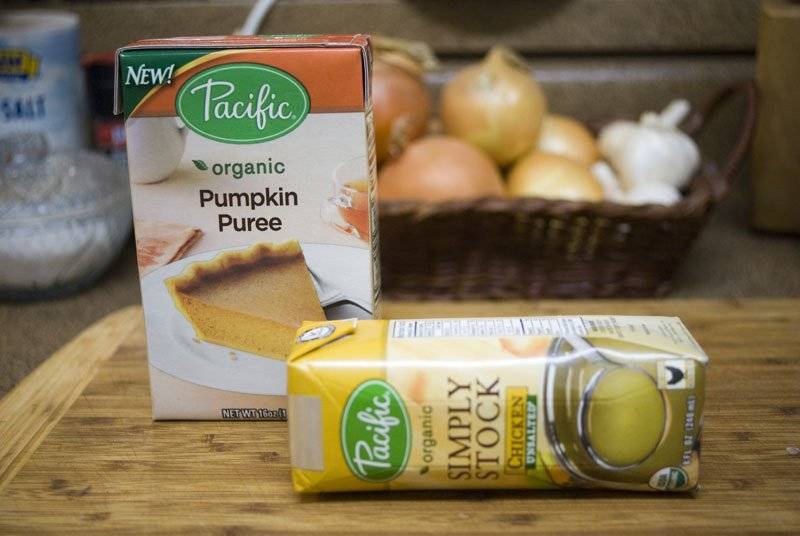
That’s when it hit me.
One of my favorite winter dishes is butternut or kabocha squash soup. Both the butternut and kabocha squash are in the same family as the pumpkin, and they’re all in season at around he same time, so the answer was already in front of me. Pumpkin soup!
The first thing to consider when making a pumpkin soup like this is whether you want to add milk or cream of some sort to the mix. while this makes for a richer soup, it really didn’t seem to fit with the after New Years thought process. This needed to be a soup that you could feel good about eating eve if you were seriously considering your diet. So the cream got to live another day.
The second thing to consider is the primary flavor profile. For some strange reason, most Americans seem to have the idea of Pumpkin and Pie so thoroughly tied together in their minds that the addition of pumpkin pie spice, or at least cinnamon, is a given. I didn’t want to go that way.
A quick look at the rest of the world shows a different side of the pumpkin. for the most part, it’s considered as a savory ingredient, or better, as the sweet element of a savory recipe. Pumpkin is widely used in the middle east, India and Asia as well, in everything from spreads with caraway and cardamom to curries…
Wait. Curries? That was it!
With that the ingredient list came together in a flash:
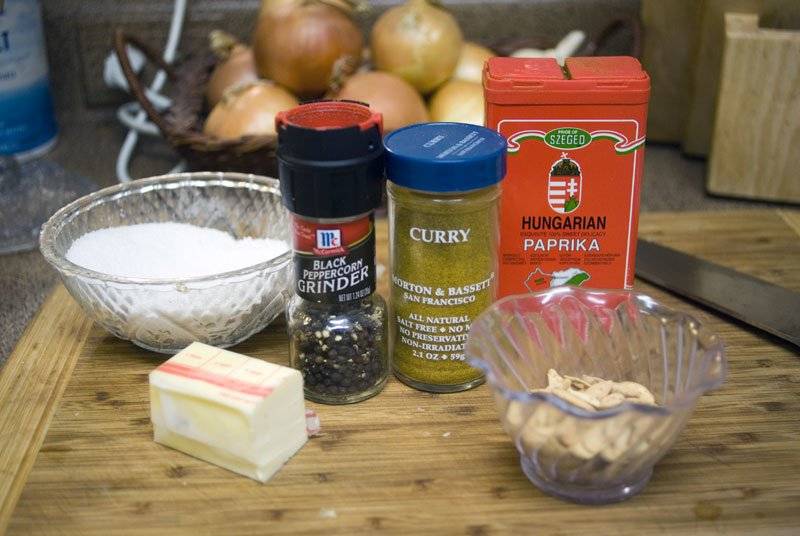
It’s a simple list. Butter, onion, salt, pepper, sugar, curry powder (whatever kind you prefer, but I’d go with a yellow curry over, say, a Garam Masala.), some good paprika, and some toasted pumpkin seeds as a garnish. (Totally optional. It looks good but it doesn’t add much to the soup. You could just as easily just add a sprig of parsley or some onion greens.)
Next it came time to consider the amount of work I really wanted to do, which is also the amount of work I’d be asking YOU to do when you made this. Since I think you should get the chance to enjoy your time in the kitchen cooking and eating, not cleaning up the mess, I opted for a method that would free you from the food processor and or the blender (and the horrific cleanup they both entail.)
The method is simple. Get yourself an onion, a bowl and … A cheese grater.

Peel that onion and go to town on it. you won’t be able to grate 100% of the onion, (they’re troublesome at the end) but that’s fine. What you end up with is…
Wait for it…
Onion Puree.
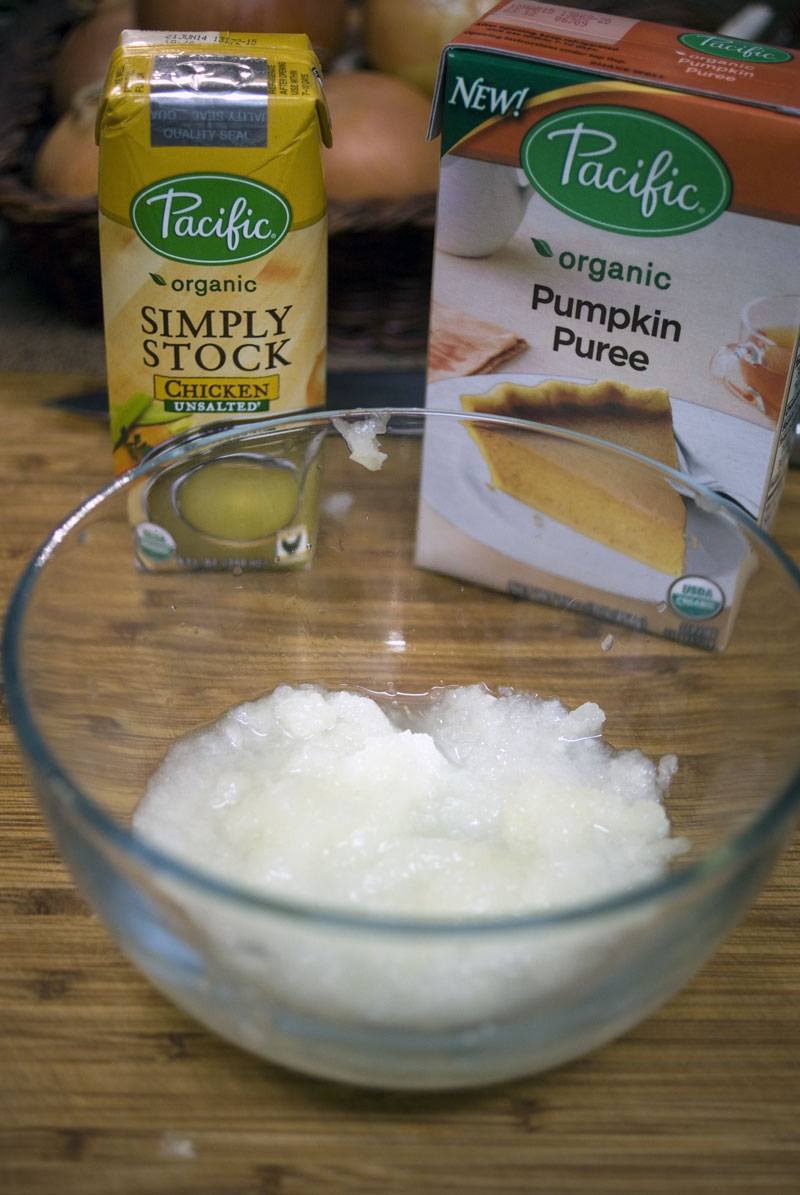
Since all of the ingredients are at about the same consistency before we ever get started (and since you didn’t have to mess up another kitchen appliance), everything else comes together very quickly.
Just melt the butter in a 3 quart saucepan:
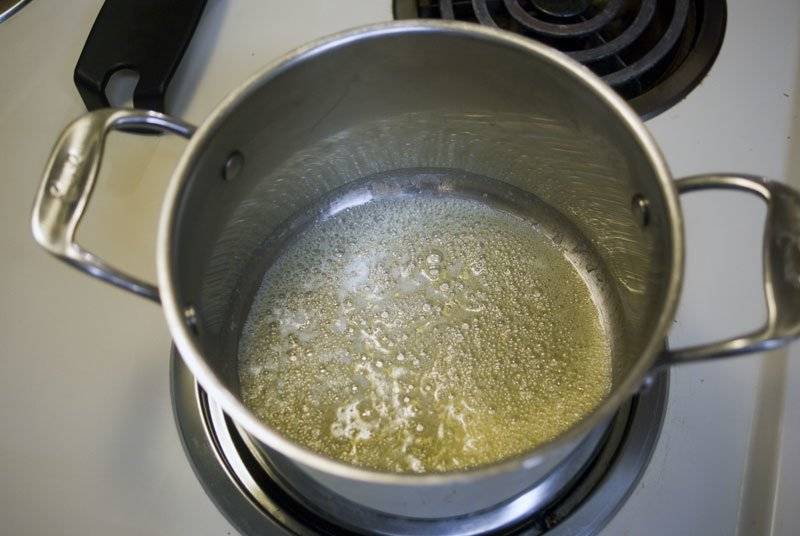
Add the onion with a dash of salt and pepper and cook it until most of the liquid has evaporated and it looks a bit like paste:
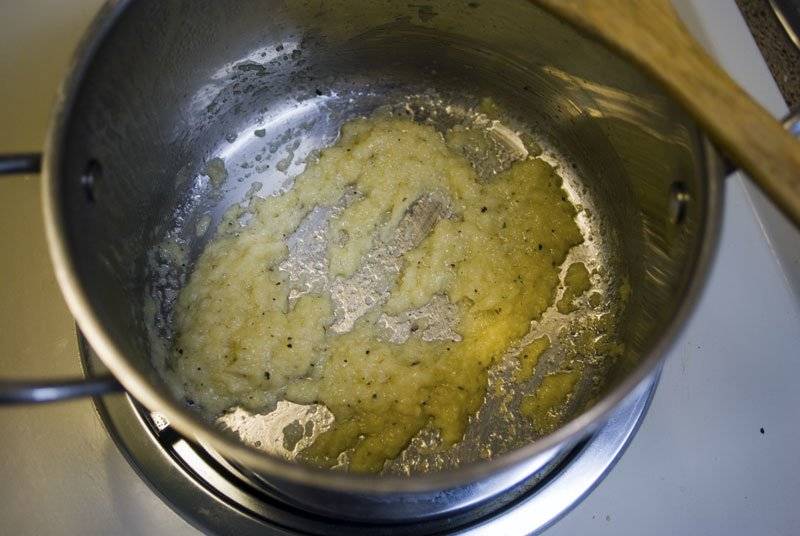
Stir in the rest of the ingredients and reduce the heat to a simmer:
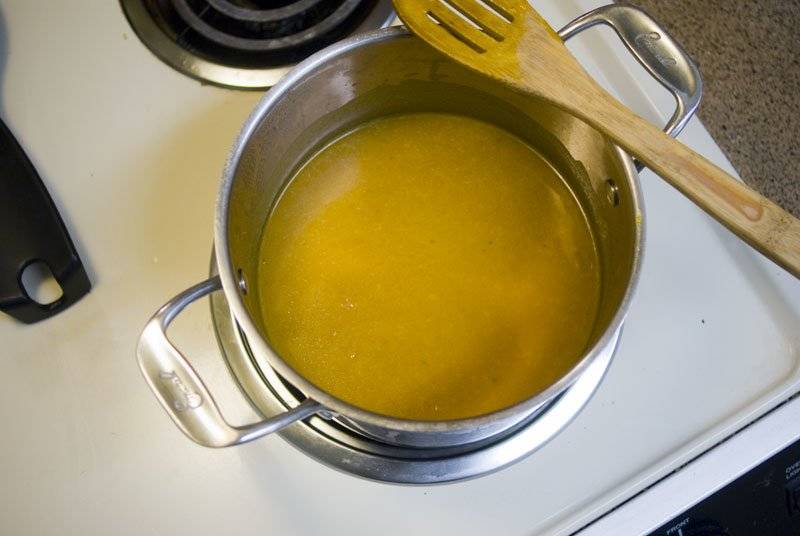
That’s about all there is to it. let the soup simmer and give it a stir every once in a while. It’s ready to eat in ten minutes, but much better after about 30. Adjust seasoning to taste after 10 minutes and allow to simmer for 5 after each adjustment.
What you end up with is a completely soul-satisfying, thick, rich, savory delight to all of your senses that won’t take winter way, but it will make you care less about the nasty weather outside.

And now for the recipe:

Rich and Hearty Curried Pumpkin Soup Recipe
Ingredients
Instructions
Nutrition Information:
Yield:
4 Serving Size:
1
Amount Per Serving: Calories: 195Total Fat: 10gSaturated Fat: 5gTrans Fat: 0gUnsaturated Fat: 5gCholesterol: 17mgSodium: 405mgCarbohydrates: 23gFiber: 7gSugar: 6gProtein: 6g
What I would have done differently had I thought of it at the time:
Not a whole lot. This is a great soup. The seeds weren’t a hit here, so perhaps I’ll just forego the garnish next time. But hey, if you like pumpkin seeds, go for it!
About #CartonSmart:
As Promised, the fine folks at Tetra Packs have included a very informative infographic covering the benefits of Carton Smart packaged products from Pacific foods, a company that strives to do its best for both you and the environment:
As you can see, Tetra Pack Cartons offer a slew of benefits over traditional packaging methods. At 70% paper, they recycle easily. The paper itself is made from selectively harvested, Forest Stewardship Council Approved trees, so from the beginning there is less impact on the world around us.
Another plus is that cartons stack and store well. They’re resalable, so you only use what you need and can easily ave the rest for later. Seriously, would you rather have a bunch of assorted aluminum cans in your cupboard, or these?


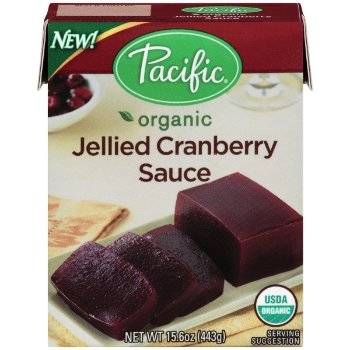
Yeah, I’m voting for the cartons, too. (In fact, I have quite a few of them in my pantry right now.)
Now you’ve got a great recipe for pumpkin soup and you know a little bit more about cartons vs. other methods of food storage. Take a minute and Tweet @CartonSmart or Follow #CartonSmart on Pinterest for more ideas, recipes and tips on how you can take one little step toward helping the environment, saving your pantry, saving yourself money and, most of all, eating great!
And Now to you!
So how could you be #CartonSmart? Can you think of ways to waste less using cartons? Do you like the convenience? Do you have any tips on using carton packed food to its fullest? we’d love to hear them, so drop us a comment or a tweet. We love hearing from you!


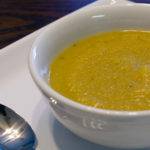
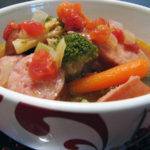
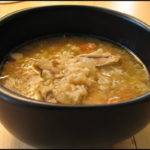
 Thanks for dropping by our kitchen. We're dishing up great food, some laughs and a really great cup of coffee.
Thanks for dropping by our kitchen. We're dishing up great food, some laughs and a really great cup of coffee. 